The gunshots shake the street outside. With every round he fires, the gunman drops another civilian. Bodies pile up on the floor; for some it's already too late. The tactical teams fan into the halls. They find cover in doorways and exchange fire.
This is just a drill...
But active shooter situations like this one are on the rise in the U.S. From 2000-2013, the FBI identified 160 cases. There were more than 130 in the first half of 2016.
While a gunman inside often wreaks havoc on unarmed civilians, first-responders wait outside a security perimeter for a green-light to enter and administer first aid.
It's during that time that people die.
"If there's an active shooter situation, law enforcement goes in. They're looking for bad guys."
Edwin Lard, founder of the Diplomatic Protection Training Institute, says it's crucial for officers responding to these situations to be able to provide basic, lifesaving first aid in addition to their tactical mission. A military veteran and former diplomatic security specialist detailed in Iraq and Afghanistan, he has devised a training program called Rescue Task Force or RTF.
"They clear Hallway A, move to Hallway B," Lard says. "As Hallway A is cleared, you have another team of paramedics, firefighters and police officers as their perimeter security, and they're all going in, and they're doing their initial assessment. They're throwing tourniquets on people."
The security detail provides cover fire in what tactical personnel call a "hot zone," an area where there's still danger. Team members apply tourniquets in the middle of a gun fight.
Another RTF is called to remove the bandaged casualties.
'The call we hope we never get...'
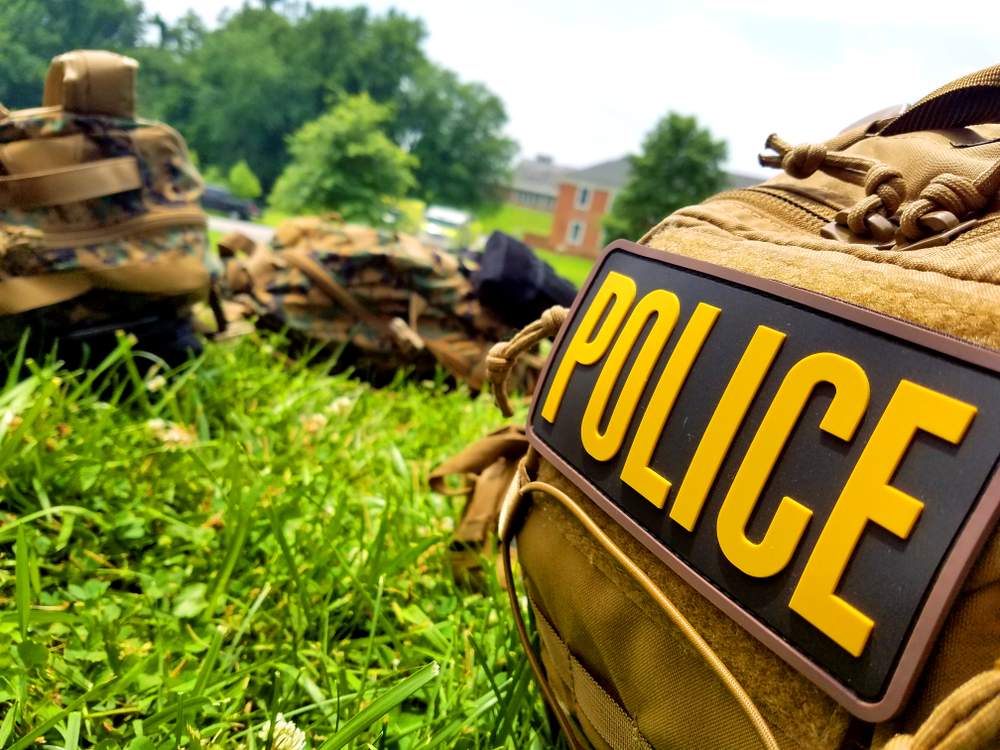
A "blowout bag" filled with emergency medical supplies
The Department of Homeland Security has responsibility for both emergency management and emergency response. Among the duties of its investigative arm - Homeland Security Investigations (HSI) - is response to critical incidents.
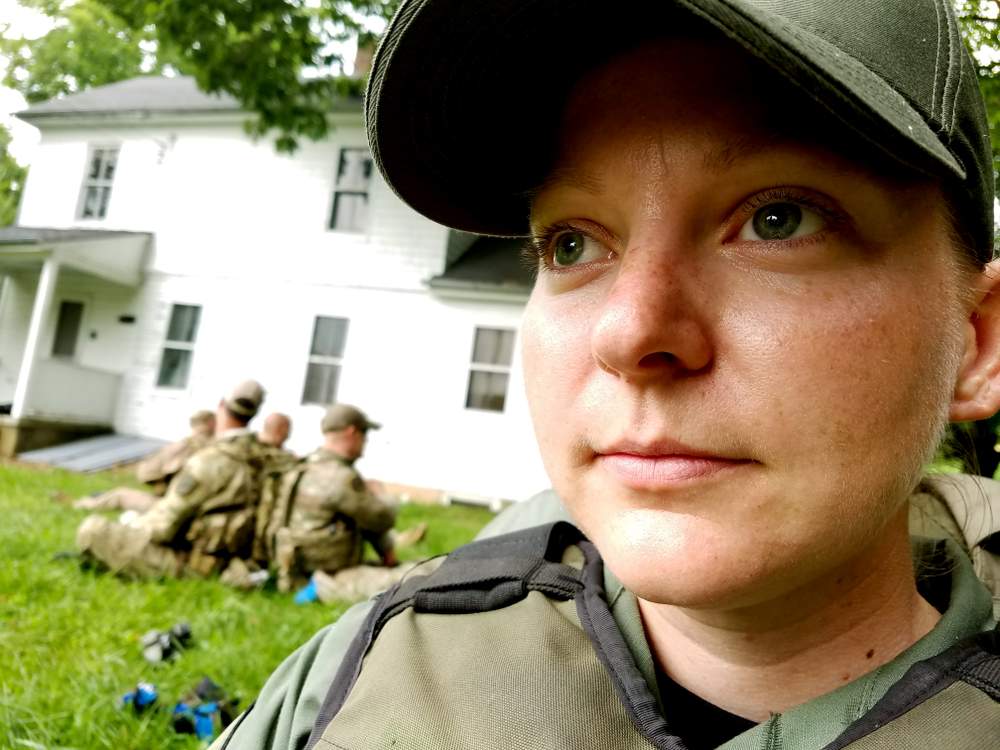
Kim Austin, Maryland Natural Resources Police
The group that conducted the drill in Sykesville, Maryland combined federal officials with those at the state and local level.
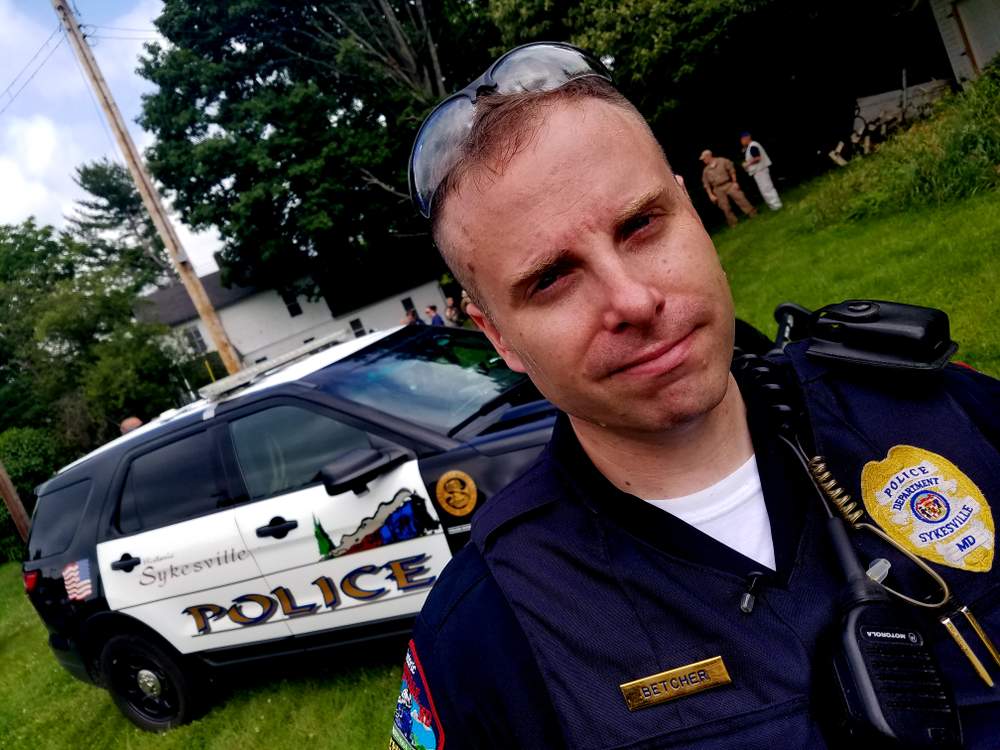
Nick Betcher, Sykesville Police Department
"[It's training for the call] we hope we never get, and that call is a mass casualty event. Unfortunately, they've become more common."
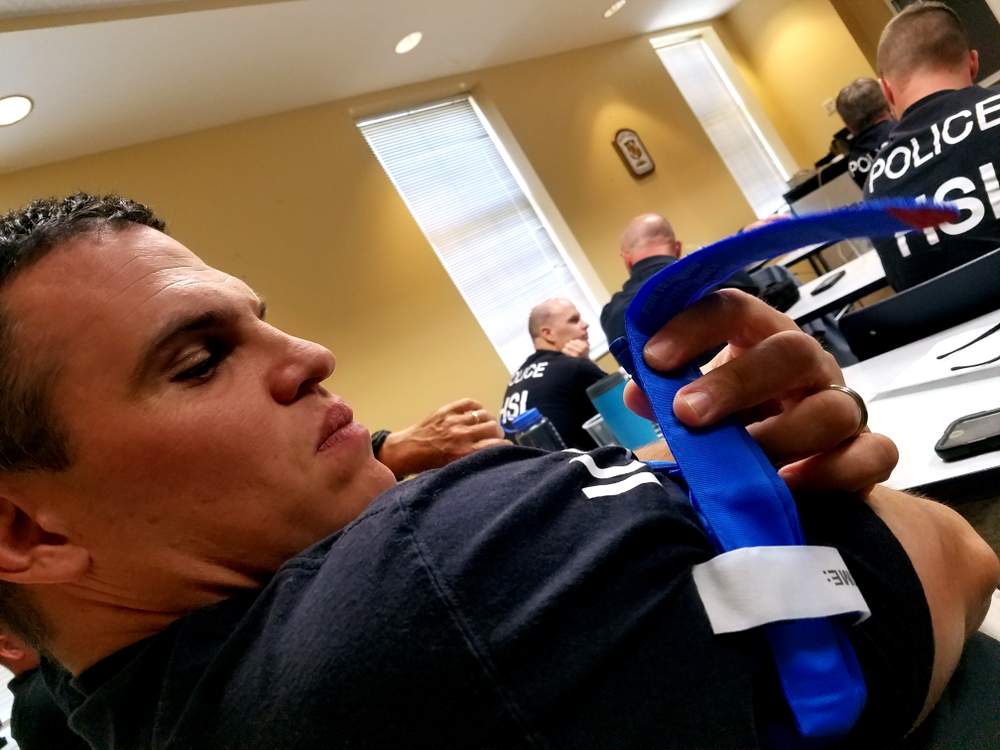
Adam Parks, Homeland Security Investigations
Adam Parks is an assistant special agent in charge with HSI. His career started 20-years ago when CPR was the extent of first responders' first aid training.
His team carries tourniquets and med kits, but most teams don't.
Lard says that's got to change.
"Everyone has to learn how to do this. Not firefighters. Not EMS. Everybody in America needs to learn how to put on a tourniquet."
Lard starts the two-day training simulator in a classroom where he'll be teaching the lessons he learned as a corpsman, a certified tactical paramedic, and through his various overseas deployments.
Lard teaches the importance of each person carrying his or her own tourniquet.

He teaches how properly using one could save a life.

"Putting on a tourniquet is simple. It's not hard to bandage an injury," Lard says.

He teaches how to pack a gunshot wound with gauze by shooting up a pork butt and having first responders stop the bleeding.

Lard reminds the students that what they're doing - jamming their fingers into an open wound they're stuffing with gauze - is going to hurt like hell.
"It doesn't hurt you. Drive on."

Not to mention...it may keep a gunshot victim alive.
And that's the easy part.
"Having someone mentally prepared to do that when it's needed is a whole different subject," Lard says.
"When something happens, you're going to take off your goggles and address the medical scenario."
Shotgun blasts rip the air outside the SUV. It's go time.
The trainees pull back their blindfolds and see the driver slumped over in his seat and massive leg injuries to the backseat passenger.
They assess the damage. What's wrong? What do I need to do? Who is likely not going to survive?

They lock down tourniquets on the role players and drag them to a nearby evacuation point.
THE HOT ZONE
After they've learned how to apply lifesaving first aid under pressure, Lard throws the class into the pressure cooker: a staged, active shooter situation in an old dormitory on the campus of the Training Academy of the Maryland State Police.
The place looks like it has seen better days.
The paint peels from the walls. It smells musty. There's sawdust everywhere. A lot of the lights don't work, and some of the windows are covered.
It's the perfect staging area for an active shooter response that the training group doesn't yet know it's about to enter.
Lard tells them that the dormitory is a house where the state police received a tip of suspected human trafficking. The responders suit up and head toward the building.
They get a call on the way.
"Someone is inside shooting the trafficking victims."
The authorities are all at the "house." Fire and EMS wait across the street in a safe zone.
The tactical team takes the door.
A smoke machine fills the halls while strobe lights flash and speakers blare a distorted, looped recording of people screaming.
The entry teams hunt and neutralize threats from Hallway A and Hallway B.
The RTF ties down tourniquets.
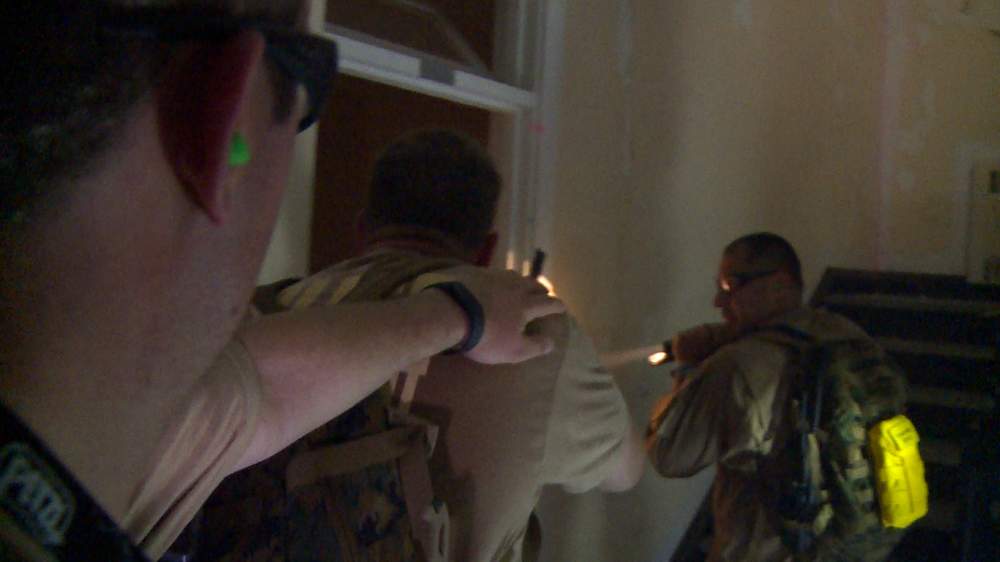
HSI agents under fire
The shooters return fire on the gunman, while others drag casualties to safety. The rounds are blank, but the boom of the shotguns is very real.
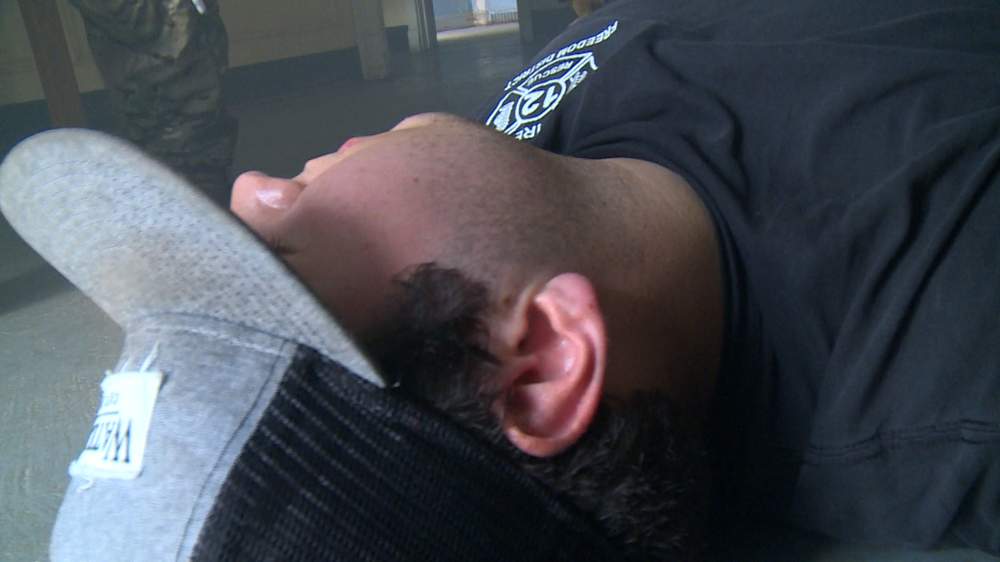
A role-playing victim exhibits no signs of life



